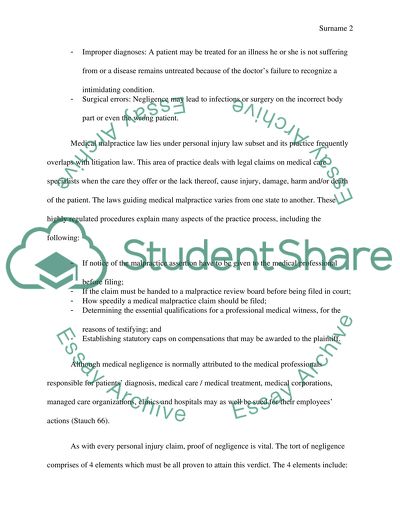Cite this document
(“Negligence in medical malpractice based in medical law Research Paper”, n.d.)
Retrieved from https://studentshare.org/law/1402844-negligence-in-medical-malpractice-based-in-medical
Retrieved from https://studentshare.org/law/1402844-negligence-in-medical-malpractice-based-in-medical
(Negligence in Medical Malpractice Based in Medical Law Research Paper)
https://studentshare.org/law/1402844-negligence-in-medical-malpractice-based-in-medical.
https://studentshare.org/law/1402844-negligence-in-medical-malpractice-based-in-medical.
“Negligence in Medical Malpractice Based in Medical Law Research Paper”, n.d. https://studentshare.org/law/1402844-negligence-in-medical-malpractice-based-in-medical.


